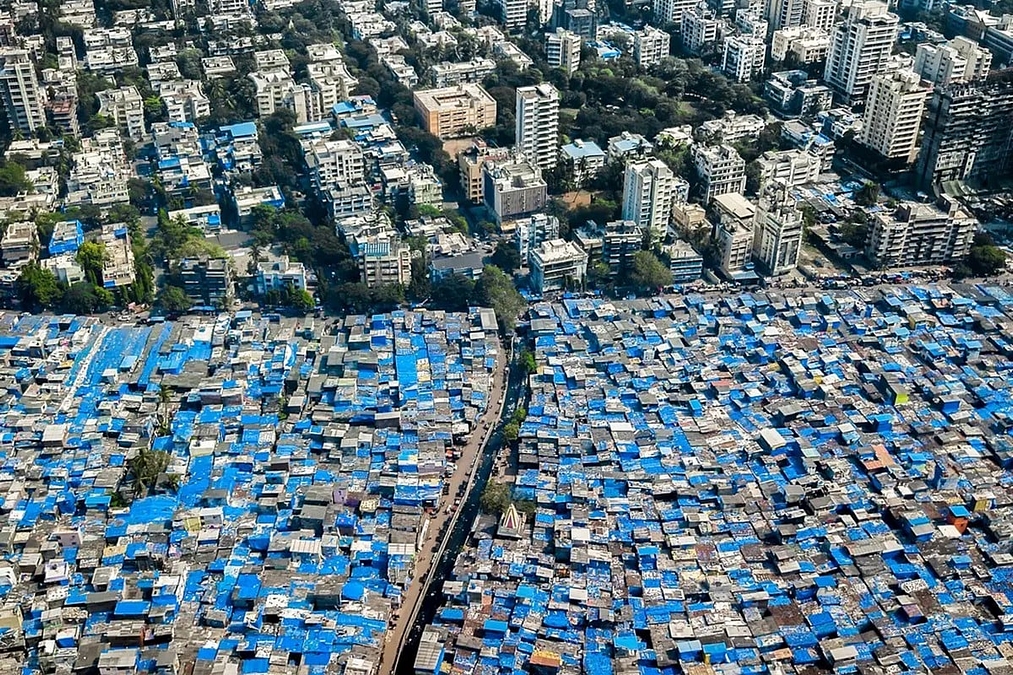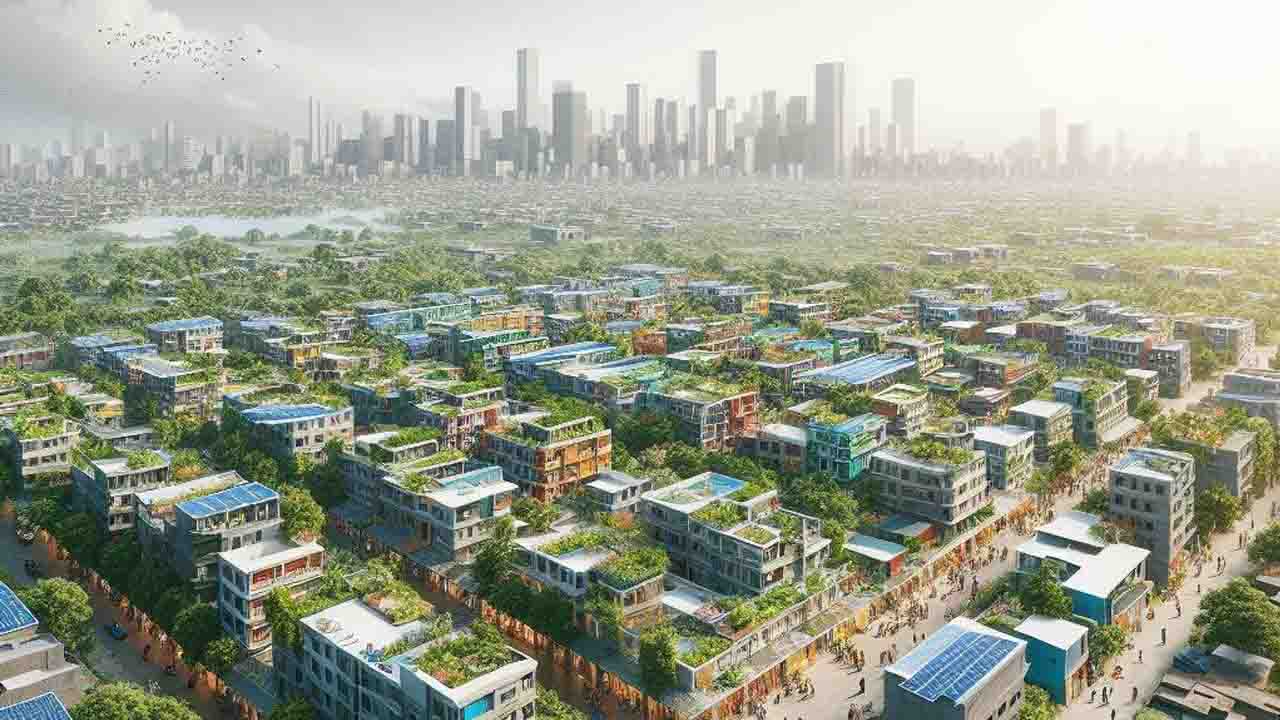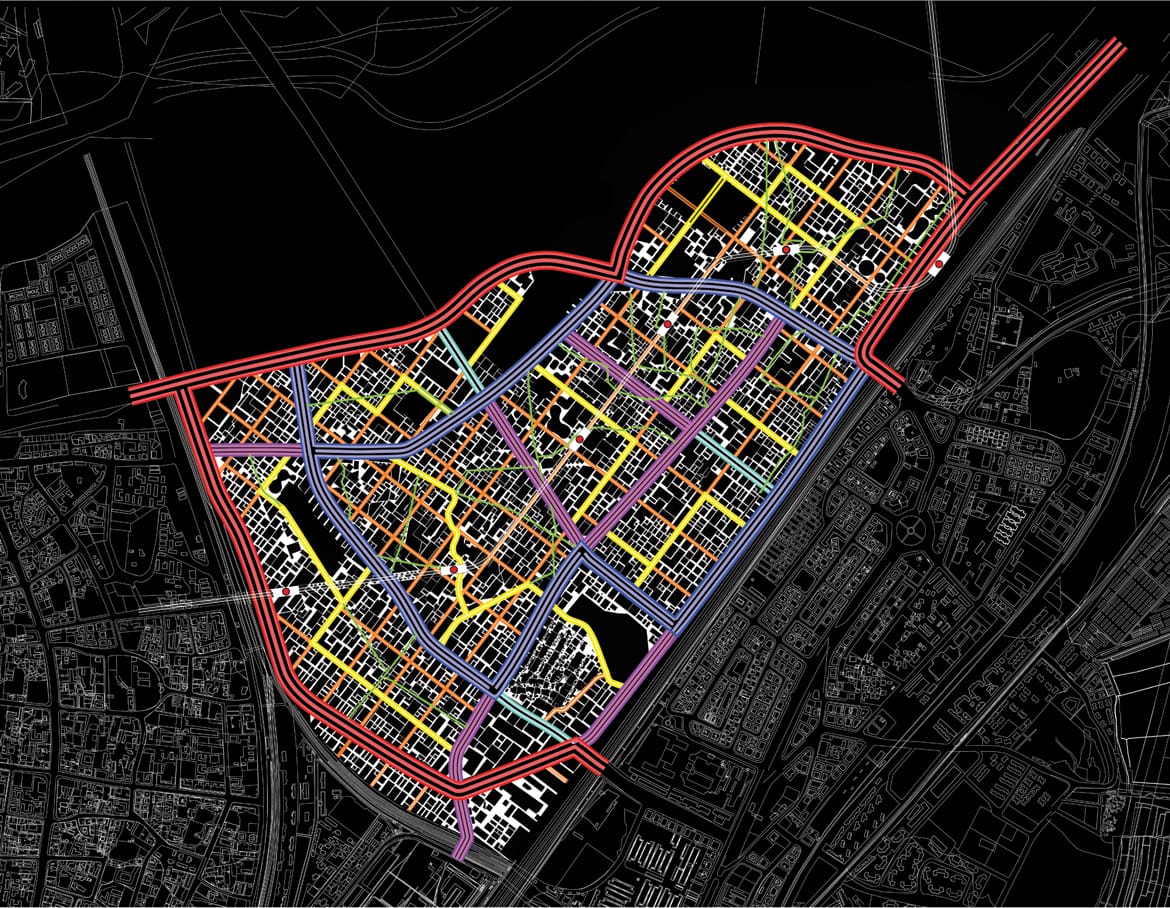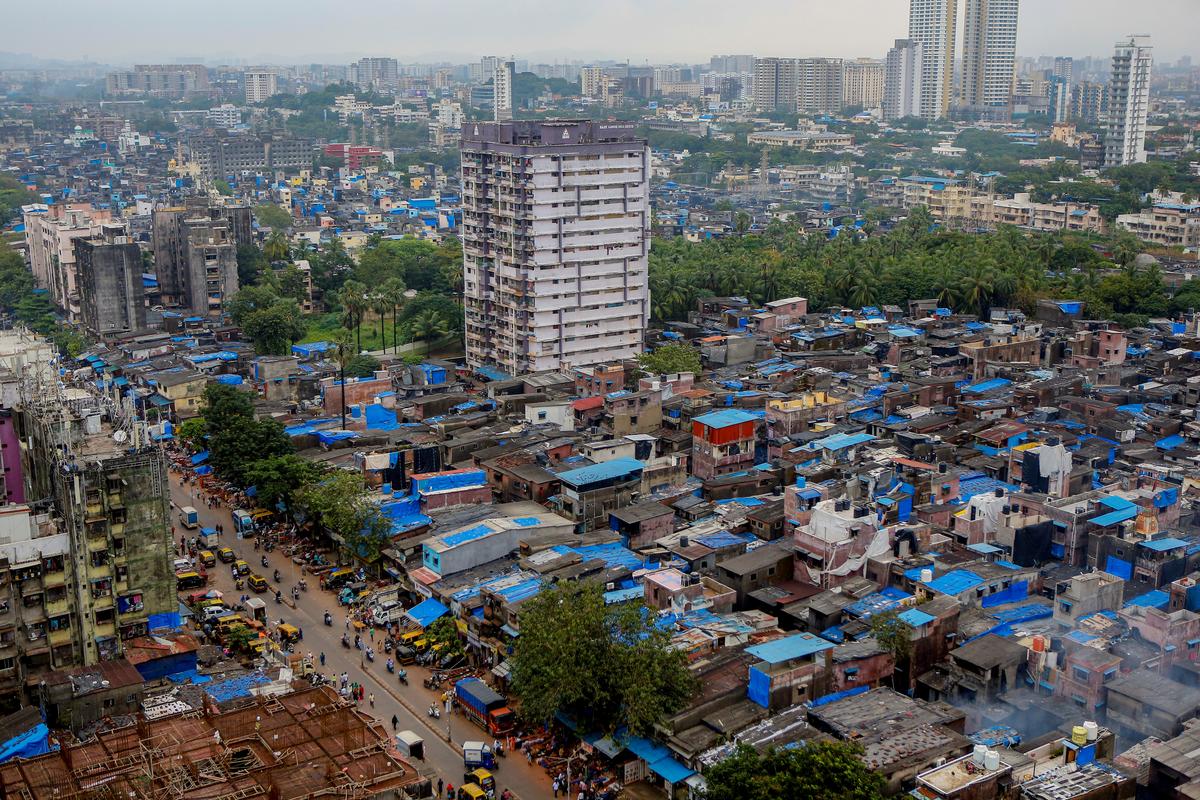Continuing the longstanding trend of urban redevelopment, the Adani Group has set their sights on one of their most ambitious projects yet – a plan to transform Dharavi from the desolate setting of Slumdog Millionaire to yet another high-rise Mumbai skyline. Dharavi has long since been a black spot on India’s picture of progressive development, and winning a 619 million USD bid for the 594 acre slum has hastened the Adani Group’s plans to convert the slum into a modern day city hub.
Dharavi has long since been a black spot on India’s picture of progressive development, and winning a 619 million USD bid for the 594 acre slum has hastened the Adani Group’s plans to convert the slum into a modern day city hub.
The Adani Group has already been facing allegations of receiving undue favours from the state government in awarding this contract, which would not be entirely unlikely given the penchants of large corporations to seek rents from the government, as well as the findings of Hindenburg Research which laid bare the Group’s brazen stock manipulation and accounting fraud. Additionally, only those who lived in Dharavi before the year 2000 are eligible to receive free homes in the redevelopment, whereas the rest will be rehabilitated.
For this rehabilitation of approximately 700,000 ineligible Dharavi-dwellers, around 580 crores of land will be needed. As any Mumbaikar would testify, land is a scarce commodity in this city, and real estate prices are ceaseless in their upward descent. The Adani joint venture is also all too aware of these facts, what with having applied to several local and federal agencies for more land and none of these attempts being proven fruitful yet. This is a major thorn in Adani’s side, as government agencies have their own plans for land and are not willing to part with it, as stated by SVR Srinivas, the head of the Dharavi Redevelopment Authority.
Asked if he was worried that land acquisition delays will affect the project timeline, he said, ‘Yes, without land, the project cannot take place, so that is a very critical factor for doing the project on time.’
Adani’s redevelopment: urbanisation or further marginalisation
Redevelopment challenges aside, we must address the disproportionate impact this is likely to have on the already marginalised slum-dwellers of Dharavi.
Contained within the heart of Mumbai, Dharavi is its own ecosystem. A micro-economy in itself, Dharavi is known to be a hub of innovation and entrepreneurship. With a 69% literacy rate, 5000 inhabitant-owned businesses, 15,000 single room factories, & a continuous stream of production orders from global fashion behemoths such as Zara, H&M, Giorgio Armani, etcetera, the entrepreneurial activities that occur within this 240 hectare slum are nothing to be frowned upon.
The entirety of the Dharavi populace contributes to the tune of 1 billion USD to the Indian GDP as well as 250,000 citizens to the Indian workforce. However, since Dharavi contains much of India’s informal economy due its abundance of self-employed workers and unregistered companies, politicians often use this region as a vote-bank during elections, and then conveniently fail to deliver on their promises upon being appointed. A worker in Dharavi stated, ‘Then everything is forgotten and we are back to square one. There are no proper roads or proper drainage systems. Electricity was once a major issue: with every power cut out, companies had to bear losses.‘
Dharavi is also lesser-known for its facet of being a circular recycling economy, shielding the city from the disastrous consequences of climate change. Around 60% of Mumbai’s waste is recycled in Dharavi which allocates 15,000 of its factories for recycling and sorting garbage, plastic, and heavy metal, resulting in the employment of anywhere from 10,000 to 12,000 workers. Debi Goenka, a prime environmentalist who is heading the CAT (Conservation Act Trust) in Mumbai City stated, ‘India would drown in its conscience waste if it weren’t for its (Dharavi’s) recycling efforts.‘
Debi Goenka, a prime environmentalist who is heading the CAT (Conservation Act Trust) in Mumbai City stated, ‘India would drown in its conscience waste if it weren’t for its (Dharavi’s) recycling efforts.‘
The economic and sustainability benefits we derive from the Dharavi ecosystem may well be squandered if the Adani project comes to fruition. The citizens residing within Dharavi also exhibit supreme concern for their own livelihoods and income sources – their relocation would mean that the businesses they fought tooth and nail to build, the jobs they spent their entire lives toiling for, the customer base they worked arduously to build, would all go to waste.
‘Whatever plans you have for us, please let us remain here where we have spent our entire lives. We do not want to go anywhere even if it is within a 10km radius of Dharavi,‘ stated Dharavi-based leather shop owner, Raj Nadar. ‘This shop was started in 1994 and continues to this day. We have a dedicated clientele and we earn handsomely,‘ says Nadar. Another store owner agrees with him, stating that Dharavi would only flourish if residents would be allowed to stay. ‘Otherwise, the slum will die a silent death. All our workers are from here. We are a self-sufficient community. While we do not mind redevelopment, it should not be at the cost of our livelihood,‘ says Farid Khan.
The problems with Adani’s Dharavi redevelopment project
The Adani Redevelopment Plan, as observed by Vandana Baweja from the University of Florida in the paper ‘Dharavi Redevelopment Plan: Contested Architecture and Urbanism‘, has no safety net for Dharavi workers to ensure the residents would be able to continue their vocations and earn their livelihoods in the way their families have been doing for several consecutive generations.
‘It is not possible to shift us anywhere else now,’ says Bharat R Taag, who has a pottery shop in the area. It has been nearly 100-years that his family has been living in Kumbharwada. ‘This is one of the biggest potter colonies in the country, how will they move us anywhere else even temporarily?‘
What the Adani Group fails to realise is that it isn’t possible to reduce slum rehabilitation projects and redevelopment plans to simplistic spreadsheets of numbers and statistics without causing severe externalities and spill-over effects. By stripping away honest, working families from their only dependable source of daily sustenance as well as laying waste to generations of effort, not only will existing issues of economic dislocation, and social fragmentation be exacerbated, but one of India’s most pervasive problems of poverty will continue to prevail and worsen.
By stripping away honest, working families from their only dependable source of daily sustenance as well as laying waste to generations of effort, not only will existing issues of economic dislocation, and social fragmentation be exacerbated, but one of India’s most pervasive problems of poverty will continue to prevail and worsen.
This system of rehabilitation is also likely to lead to an imbalance in the city, as this relocation may place stress on existing infrastructure, as claimed by Shiv Sena (UBT) Chief Uddav Thackeray, who suggested that Dharavi dwellers must not be relocated, but should instead receive 500 square feet houses within the locality.
The Adani Group’s plan points to a graver issue within the Indian government, that of favouring large corporations while bleeding out the marginalised populace who have no voice in the polity. The MPCC President Nana Patole has also criticised the Mahayuti government over this project, alleging that the state government will entrust all land rights to the industrialist Gautam Adani. Whether or not these allegations are baseless remains to be seen, as it has been noted that the state government is attempting to give away the multicrore Worli dairy land to Adani at a throwaway price.
The Adani Redevelopment Project in Dharavi epitomises the broader struggle between corporate ambition and community needs – while the promise of a modern urban hub and a family of sky-lines may be enticing, it comes at a substantial cost to the very residents who have built their lives and livelihoods in this vibrant micro-economy. These issues also underscore a very troubling trend – the prioritisation of corporate interests over the rights and voices of marginalised populations – that must be recognised and acted upon immediately.
The project risks not only economic dislocation but also the erasure of a unique cultural identity that has thrived for generations. Ultimately, true urban renewal must prioritise inclusivity and sustainability, ensuring that development serves all stakeholders rather than a select few. The future of Dharavi is not just about high-rises; it is about preserving the lives and livelihoods that define this iconic micro-economy.








